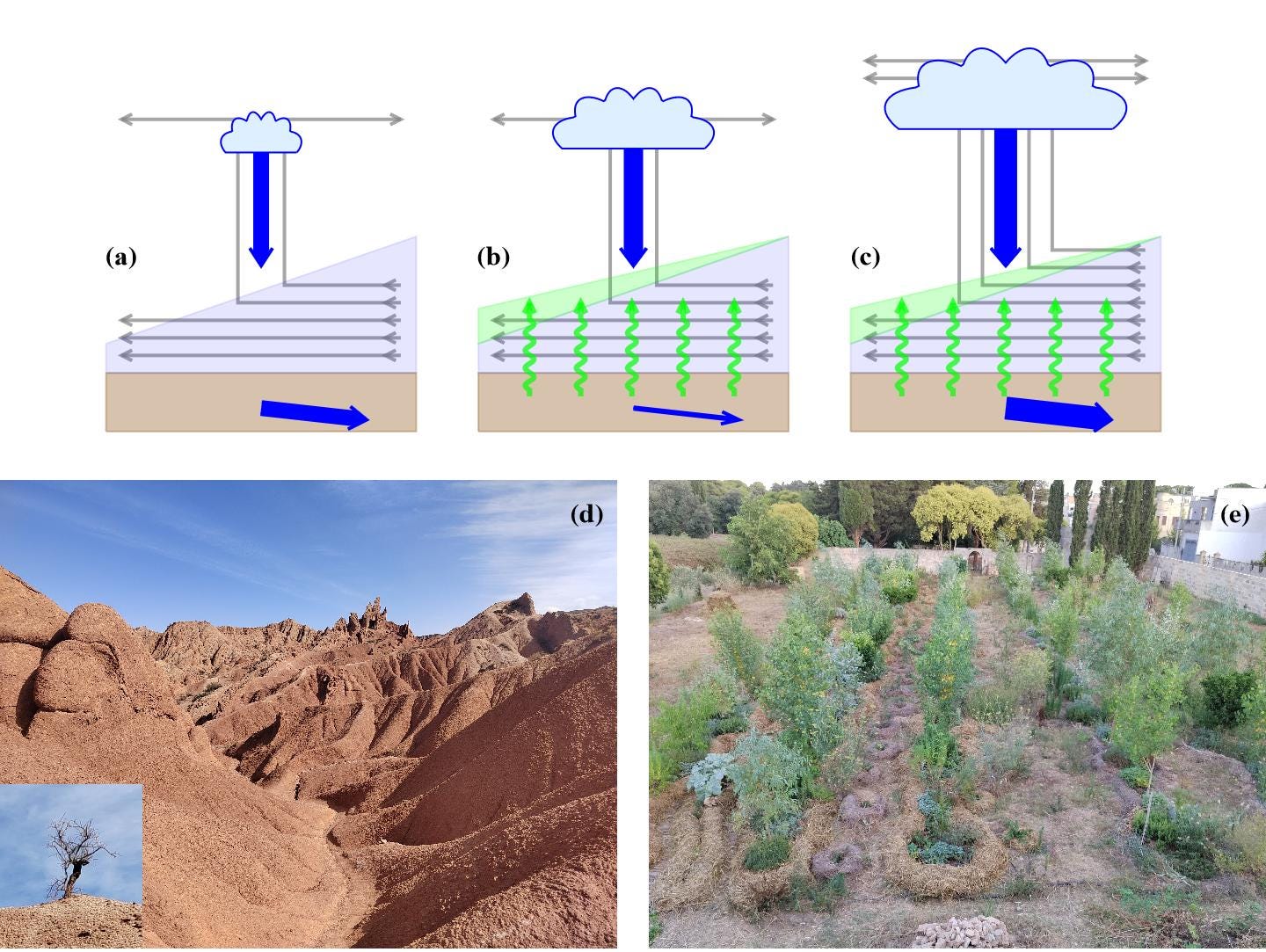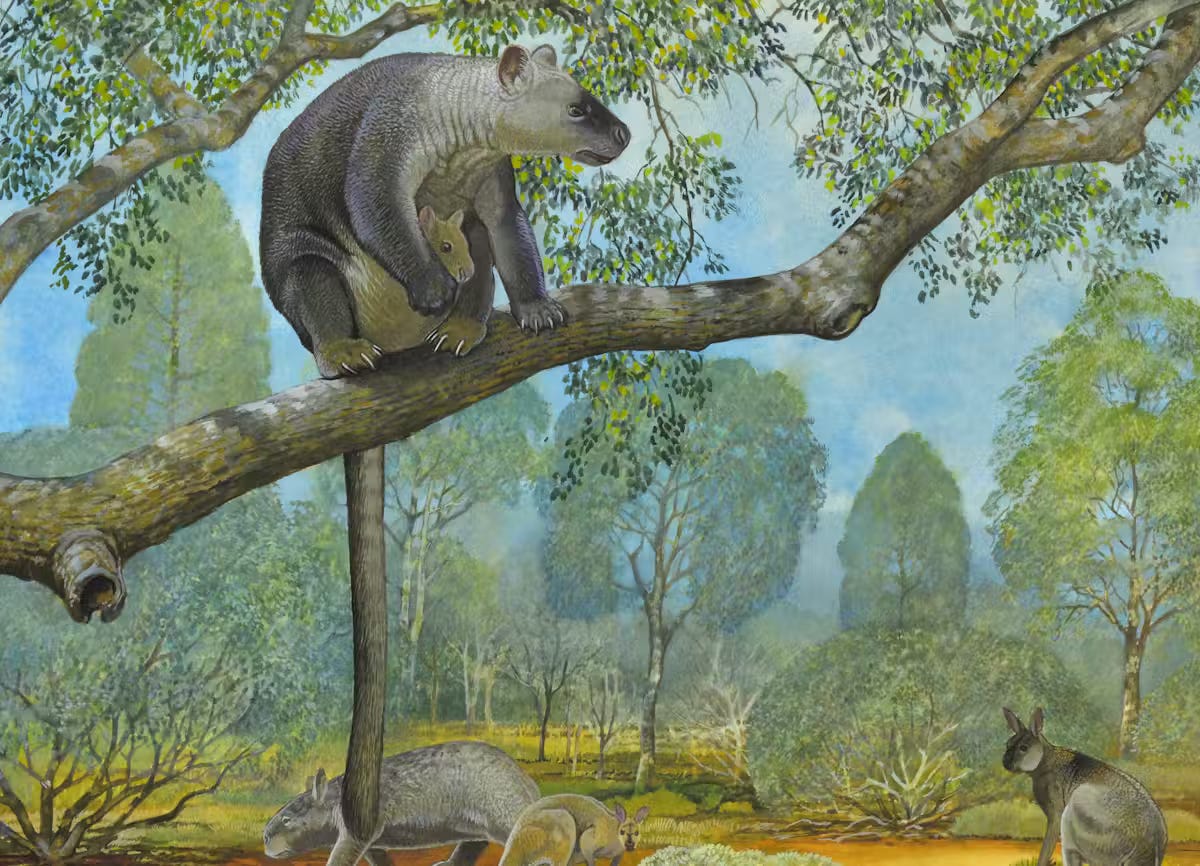When an area undergoes ecohydrological restoration, it becomes more moist, and the cumulative flux of evaporation and transpiration increases. In fact, this is one of the primary goals of ecohydrological restoration. As the prominent Soviet hydrologist Mark L’vovitch put it, transpiration is “one of the highest forms of use of water resources.”
River runoff is another crucial component of the terrestrial water cycle, playing a vital role in drinking water supply, fishing, irrigation, transportation, and hydropower, among other functions.
In this webinar, we discussed a point that often goes unnoticed. A fundamental consequence of the law of matter conservation is that for runoff to increase alongside evapotranspiration, a change in atmospheric circulation is required. If atmospheric circulation remains unchanged, local runoff will decline—even if local precipitation increases due to moisture recycling.
The biotic pump concept explains the conditions under which the necessary enhancement of atmospheric circulation can occur, allowing ecohydrological restoration to improve all components of the terrestrial water cycle.
Below is the diagram discussed during the webinar.
Interplay Between Air Circulation, Evapotranspiration, and Runoff (a–c)
(a) No Evapotranspiration: Without evapotranspiration, all rainfall (downward blue arrow) directly contributes to runoff (slanted blue arrow). Gray arrows trace the air streamlines, while the blue triangle represents concentration of atmospheric water vapor, which gradually decreases along the streamline due to precipitation.
(b) Introducing Evapotranspiration: The air circulation remains unchanged, but evapotranspiration (wavy green arrows) now adds water vapor to the atmosphere. This water vapor added by evapotranspiration is represented by the green triangle. This additional moisture slows the decline of atmospheric humidity along the streamline, such that more water vapor now exits the area compared to (a). Consequently, although rainfall increases due to moisture recycling, runoff decreases compared to (a). In a steady state, runoff is determined by the difference between atmospheric moisture inflow and outflow.
(c) Intensified Circulation (Biotic Pump in Action): Here, the horizontal air circulation strengthens, leading to a greater import of water vapor. In comparison to (a), this increased moisture inflow surpasses the increased outflow, resulting in higher overall runoff compared to both (a) and (b). Another opportunity to increase runoff would be to decrease the outflow of moisture by making more air rise, precipitate and leave the area in the drier upper atmospheric layers depleted of moisture.
(d) Degraded land as an example of (a)
(e) Early Stages of Ecohydrological Restoration in Depressa, Italy
This restoration plot, managed by Felipe Pasini and Dayana Andrade, follows the principles of syntropic restoration. Efforts focus on retaining as much soil moisture as possible by creating a “soil placenta” and accelerating the natural process of ecological succession. When implemented on a larger scale, this strategy can guide the ecosystem’s transition from (b) to (c) as succession progresses.
According to the biotic pump concept, plants moisten the atmosphere through transpiration and, in doing so, alter its dynamics in a way that enhances moisture delivery. In this sense, plant transpiration can be seen as a local (private) investment toward the common good of increased moisture transport by winds to the region.
Now, imagine that someone neglects to contribute their part by logging or burning their forest. As long as this disturbance remains relatively small and large-scale atmospheric circulation remains unchanged, they may locally gain more runoff—essentially privatizing the benefits while distributing the costs (a slightly reduced regional moisture supply) among all stakeholders. However, if many follow the same approach, the region could experience abrupt and severe disruptions to the water cycle.
A striking example of this scenario of falling into the landscape trap of persistent dryness is the drying of Australia following the arrival of the first humans, who used fire extensively.
Reconstruction of the extinct giant tree-kangaroo Bohra illuminata, Nullarbor region, 250,000 years ago by Peter Schouten: “It was hard to believe when we discovered partial skeletons of two new species of giant tree-kangaroo” in a currently treeless region.
This material is part of our ongoing work, to be cited as:
Makarieva A.M., Nefiodov A.V., Cuartas L.A., Nobre A.D., Andrade D., Pasini F., Nobre P. “Assessing changes in atmospheric circulation due to ecohydrological restoration: How can global climate models help?” (in preparation). I thank Mr. Dorin Preda for drawing my attention to recent discoveries related to tree-kangaroos that are now believed to have lived everywhere in Australia.
Comments welcome!










Share this post